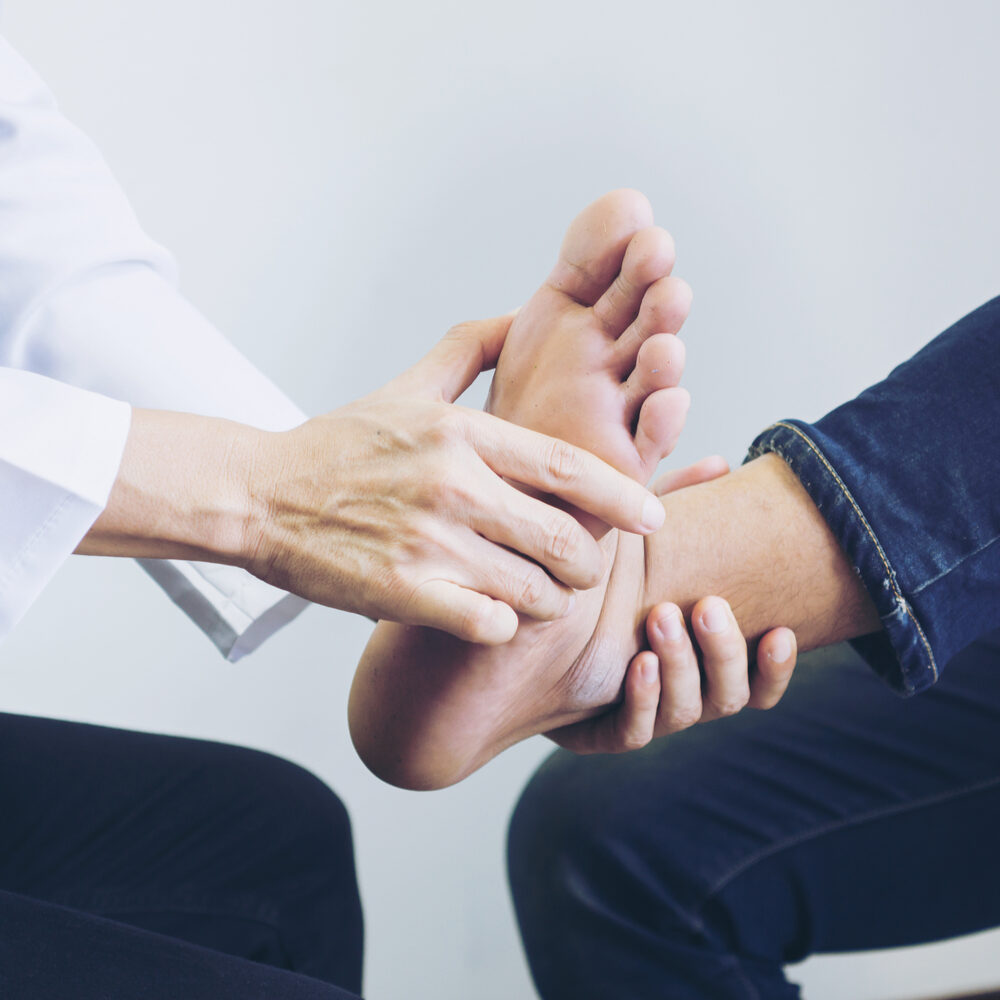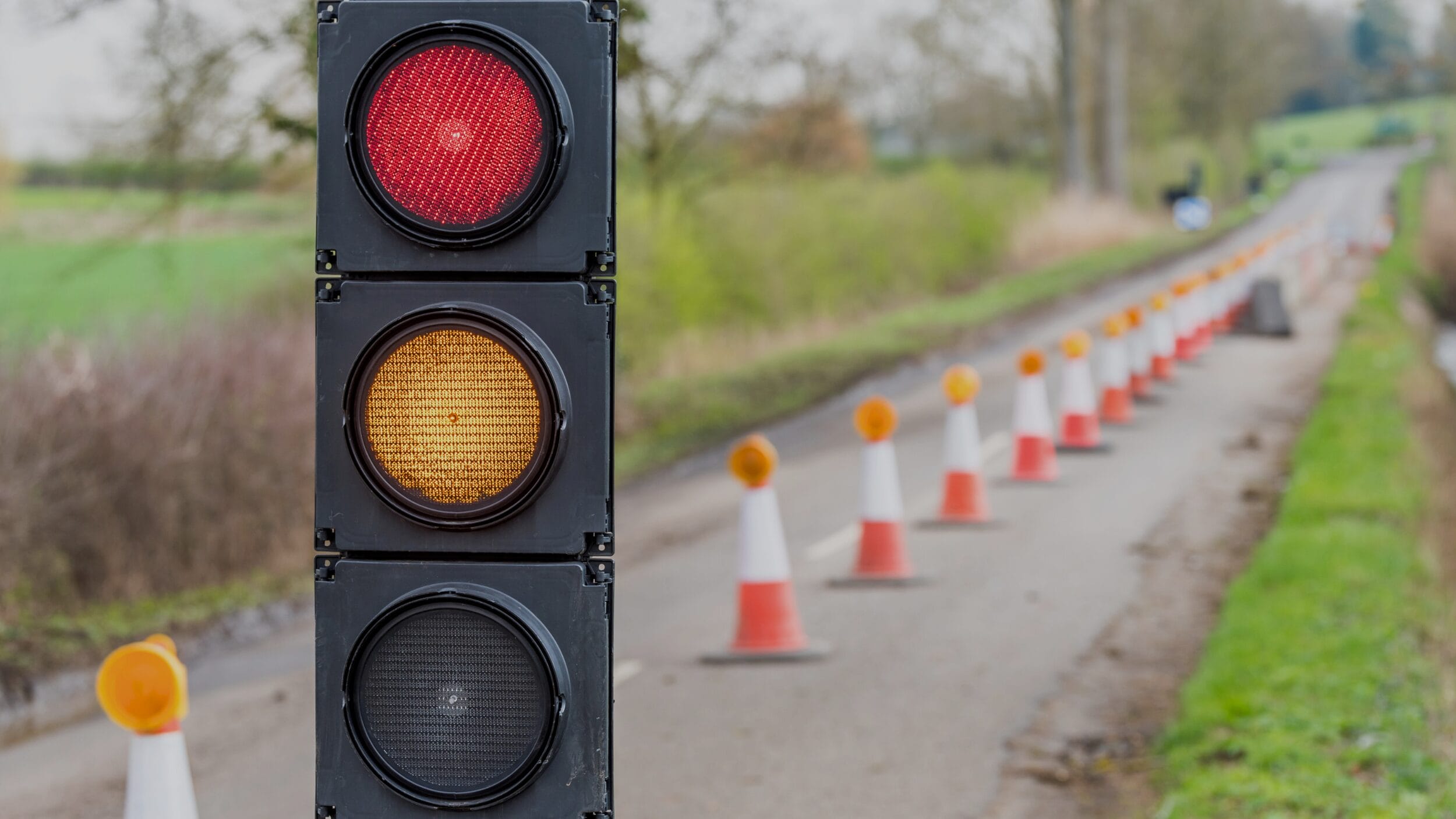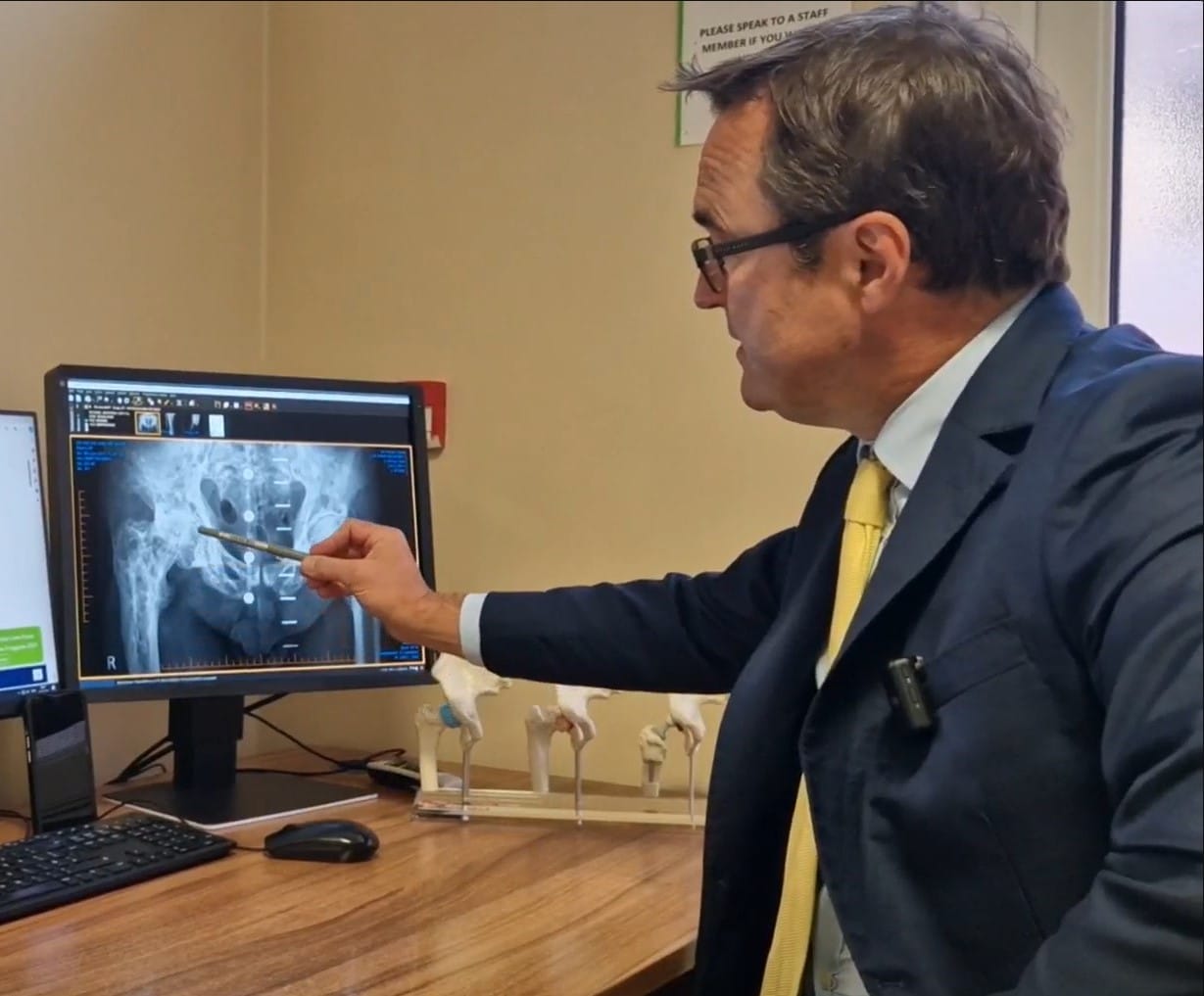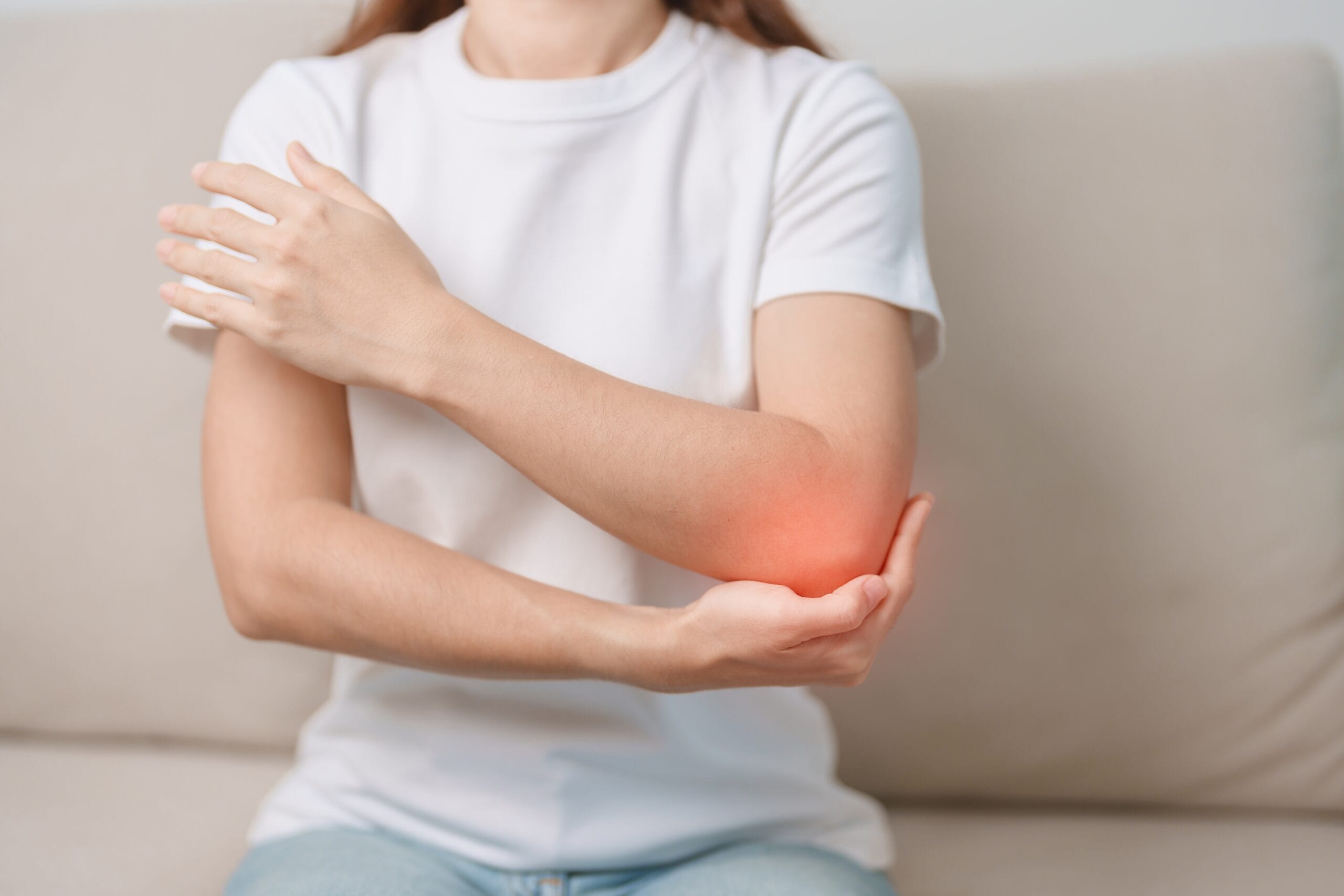Athletes and people who enjoy exercise often face the risk of injury, whether they play sports for fun, professionally or to keep fit. Sports injuries range from mild to severe and can knock you off your feet for weeks or months.
8 types of common sports injuries
Some sports injuries are more common than others, so it’s vital to understand what they are and how they can occur.
Let’s look at eight of the most common types of sports injuries.
1. Sprains and strains
Sprains and strains top the list of easy-to-do sports injuries. They can occur in any body part, but often in your ankles and wrists.
A sprain is a stretching or tearing of the ligament (the tissue connecting your bones). A strain is when you stretch or tear a muscle or tendon (tissues connecting muscle to bone). Twisting, pulling or falling during sports can cause a strain or sprain.
Symptoms of a sprain include:
- Pain
- Swelling
- Bruising
- Reduced mobility
Symptoms of a strain include:
- Pain
- Muscle spasms
- Swelling
- Problems moving the strained muscle

2. Knee injuries
Bones, ligaments, cartilage, muscles and tendons make up your knee, and they all help your knee move. Knee injuries in sports are common because many movements involve using your knee.
One of the most frequent knee injuries is to your anterior cruciate ligament (ACL). This ligament connects your thigh bone to your shinbone and can easily tear or sprain.
Some of the ways knee injuries occur are:
- Twisting suddenly
- Lifting too heavy
- Landing incorrectly
- Performing exercises wrongly and putting strain on your knee
You may experience pain, swelling and limited joint mobility when injuring your knee.

3. Fractures
A fracture is a break or a crack in your bone and occurs when the force or pressure applied to the bone is greater than it can withstand.
The most common areas for fractures because of sports injuries are your:
- Wrist
- Ankle
- Hip
- Feet
- Collarbone
- Hands
- Toes
Stress fractures can also happen. These more minor cracks in the bone develop due to overuse of a specific body part. Stress fractures can occur in sports because you often repeat the same type of movement.
Fracture symptoms include:
- Pain
- Swelling
- Bruising
- Tenderness
- Numbness
- Tingling
- Difficulties moving the affected body part
4. Dislocations
Dislocations are injuries affecting your joints – the ends of your bones move from their normal position. Falling during an exercise or contact sports can cause dislocations.
Dislocations mainly occur in your:
- Ankles
- Knees
- Shoulders
- Hips
- Elbows
- Fingers
- Toes
Dislocated joints will typically look visibly out of place, and you might be unable to move them.

5. Rotator cuff injuries
Your rotator cuff is a crucial part of your shoulder joint. It holds the top of your upper arm bone in your shoulder socket and keeps your shoulder stable when you move your arm. Joint wear and tear often cause rotator cuff injuries, making them an everyday occurrence in sports.
Repeating the same movements – particularly reaching above your head – can lead to deteriorating tissues within your rotator cuff. This deterioration can cause further complications, such as tears and bursitis (fluid build-up between a muscle and bone causes pain).
Symptoms of a rotator cuff injury may include:
- Pain in your shoulder when resting
- Pain when lying on your shoulder at night
- Weakness when trying to move or rotate your arm
- A crackling sensation when moving your shoulder
6. Tendonitis
Tendonitis can affect your ability to perform sports and wreak havoc on your daily life. In tendonitis, a tendon becomes inflamed after an injury, leading to joint stiffness, pain and limited mobility.
The sudden or repetitive movements frequently required in sports can cause tendonitis. Exercises like running, throwing and jumping increase your risk of tendonitis.
Symptoms of tendonitis may include:
- Pain that gets worse when moving
- Problems moving the affected joint
- Feeling a grating sensation when moving
- Swelling that’s sometimes accompanied by heat or redness
7. Groin strain
A groin strain or pull is where the muscles in your inner thigh are overstretched, torn or injured.
Symptoms of a groin strain include:
- Swelling
- Bruising
- Muscle spasms
- Difficulty walking
Twisting too quickly and lifting something too heavy with your lower body are the most common causes of groin strain. However, stretching too far or exercising without warming up your muscles beforehand can also cause them.
8. Hip flexor strain
Your hip flexors are in the front of your thigh, and they lift your hip or help you flex it. However, hip flexor strain can develop if the muscles and tendons attached become injured through a tear or a strain.
Symptoms of hip flexor strain include:
- Swelling
- Weakness in your hip
- Bruising at the front of your thigh
- Pain or tenderness
Prevention strategies for sports injuries
Preventing sports injuries isn’t always possible, as accidents happen. However, you’ll want to do as much as possible to reduce your risk, as some require a long recovery time – forcing you to pause your exercise.
You can minimise your risk of developing a sports injury.
Here are some of the techniques and methods to implement into your routine:
- Stretch before you exercise – before you play any sports or exercise, you must warm up your muscles. Warming up before exercise raises your body temperature and slowly increases blood flow to your muscles, helping prepare them for the upcoming movements. Cold muscles have a much higher risk of injury.
- Use proper techniques and form – exercising improperly is a surefire way to hurt yourself. No matter what exercise you’re doing, there’s always a wrong way to do it that could lead to injury. If you’re unsure, stop what you’re doing and don’t try the exercise again until you have proper form.
- Rest adequately – it can be tempting to keep going if you’re enjoying yourself, but you must listen to your body. Overdoing sports and exercise puts you at a higher risk of injury. Take time during your training to catch your breath and stop if you feel unwell or hurt. Rest days are also vital as your body needs time to repair and recover from the exercise.
- Wear the proper clothing and footwear – sports gear and gym clothes support movement and provide protection when necessary. Don’t wear anything too restrictive, and wear footwear suited for your type of sport. For example, running trainers will be different from trainers for weightlifting.
What does treatment and rehabilitation look like?
Not all sports injuries need intensive treatments. Mild sprains and strains can improve independently within a few weeks of rest. You can take over-the-counter pain relief medications, such as non-steroidal anti-inflammatory drugs (NSAIDs). Hot and cold therapies may also be beneficial. Hot water bottles or ice packs can relieve pain and inflammation in mild sports injuries.
However, more severe injuries may require surgery and rehabilitation before you can start exercising again. Physiotherapy can be helpful in your recovery from a sports injury, especially if you have limited movement as a result. Physiotherapy helps strengthen an injured body part. Your physiotherapist will provide specific exercises to complete to help your recovery.
You may need surgery to repair or remove damaged tissues and fix dislocations, although usually only in severe cases. Surgery requires a longer recovery time, so it’s a last resort.
Returning to sports safely after an injury
You must return to sports safely once you’ve fully recovered from an injury. Not doing so can set you back and cause further damage.
Here are some top tips to help you return to sports safely after an injury:
- Understand your injury – know the limits of your injury, even after you’ve recovered. You can easily repeat some injuries if you don’t take the right care when taking up sports again.
- Don’t skip rehabilitation – physiotherapy helps sports injury recovery, so don’t skip it just because you’re starting to feel better. Maintaining physiotherapy for as long as recommended supports your recovery and reduces your risk for re-injury.
- Plan – plan your workout or sport, so you know what you’re doing and the limits of your injury.
- Know your limits – some injuries can change your performance, even after your recovery, so you must know your limits when exercising. Don’t overdo it immediately – ease yourself back slowly.
Sports injuries are a common problem in the fitness world and can significantly impact your wellbeing. However, with the proper treatment approach, you can fully recover and return to doing what you love best.
Book a consultation with The Horder Centre
The Horder Centre offers a broad range of surgical treatments for sports injuries, such as ACL reconstruction and knee arthroscopy, as well as physiotherapy. If you’re struggling to manage the effects of a sports injury, contact our team today and learn how The Horder Centre can get you back in the game.
What makes Horder Healthcare unique
Horder Healthcare is committed to providing the very best quality of care for our patients and customers. We are continuously working on improving and reducing risks and this is reflected in our consistently high CQC results, patient satisfaction questionnaires and minimal levels of infection.
We are a charity
We reinvest our profit to benefit more people and help us achieve our aim of advancing health.






